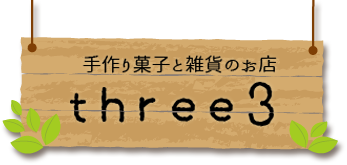Preferential Trade Agreement Example
2022年4月29日
Preferential Trade Agreement Example: Understanding the Basics
In today’s global economy, countries engage in a variety of trade agreements that aim to facilitate the flow of goods and services across borders. One such agreement is a preferential trade agreement (PTA).
What is a preferential trade agreement?
A preferential trade agreement is a type of trade agreement between two or more countries that grants preferential treatment to certain products or industries. This preferential treatment can come in the form of reduced tariffs, quotas, or other trade barriers that can make it easier for businesses in one country to export their goods or services to another country.
PTAs are typically negotiated between countries that have existing trade relationships and are looking to deepen their economic ties. By granting preferential treatment to certain industries, PTAs can increase trade volumes and promote economic growth.
What are some examples of PTAs?
There are many examples of PTAs around the world, ranging from small agreements between neighboring countries to large agreements that span multiple continents. Here are a few examples:
1. NAFTA (North American Free Trade Agreement)
NAFTA is a PTA between Canada, Mexico, and the United States that came into effect in 1994. The agreement eliminated most tariffs on goods traded between the three countries, making it easier for businesses to trade across borders.
2. ASEAN Free Trade Area (AFTA)
AFTA is a PTA between the ten member countries of the Association of Southeast Asian Nations (ASEAN). The agreement was signed in 1992 and aims to increase trade between the member countries by reducing trade barriers.
3. Australia-New Zealand Closer Economic Relations Trade Agreement (ANZCERTA)
ANZCERTA is a PTA between Australia and New Zealand that was signed in 1983. The agreement aims to promote closer economic ties between the two countries by reducing trade barriers and promoting the free flow of goods and services.
What are the benefits of PTAs?
PTAs can have several benefits for the countries involved, including:
1. Increased trade volumes: By reducing trade barriers, PTAs can make it easier and less expensive for businesses to trade across borders. This can lead to an increase in trade volumes and economic growth.
2. Diversification of trade: PTAs can help countries diversify their trade relationships, reducing their reliance on any one market or trading partner.
3. Improved access to goods and services: By reducing tariffs and other trade barriers, PTAs can make it easier for consumers to access goods and services from other countries.
Conclusion
Preferential trade agreements are an important part of the global economy and can have significant benefits for the countries involved. By reducing trade barriers and promoting the free flow of goods and services, PTAs can increase trade volumes, promote economic growth, and improve access to goods and services for consumers.



